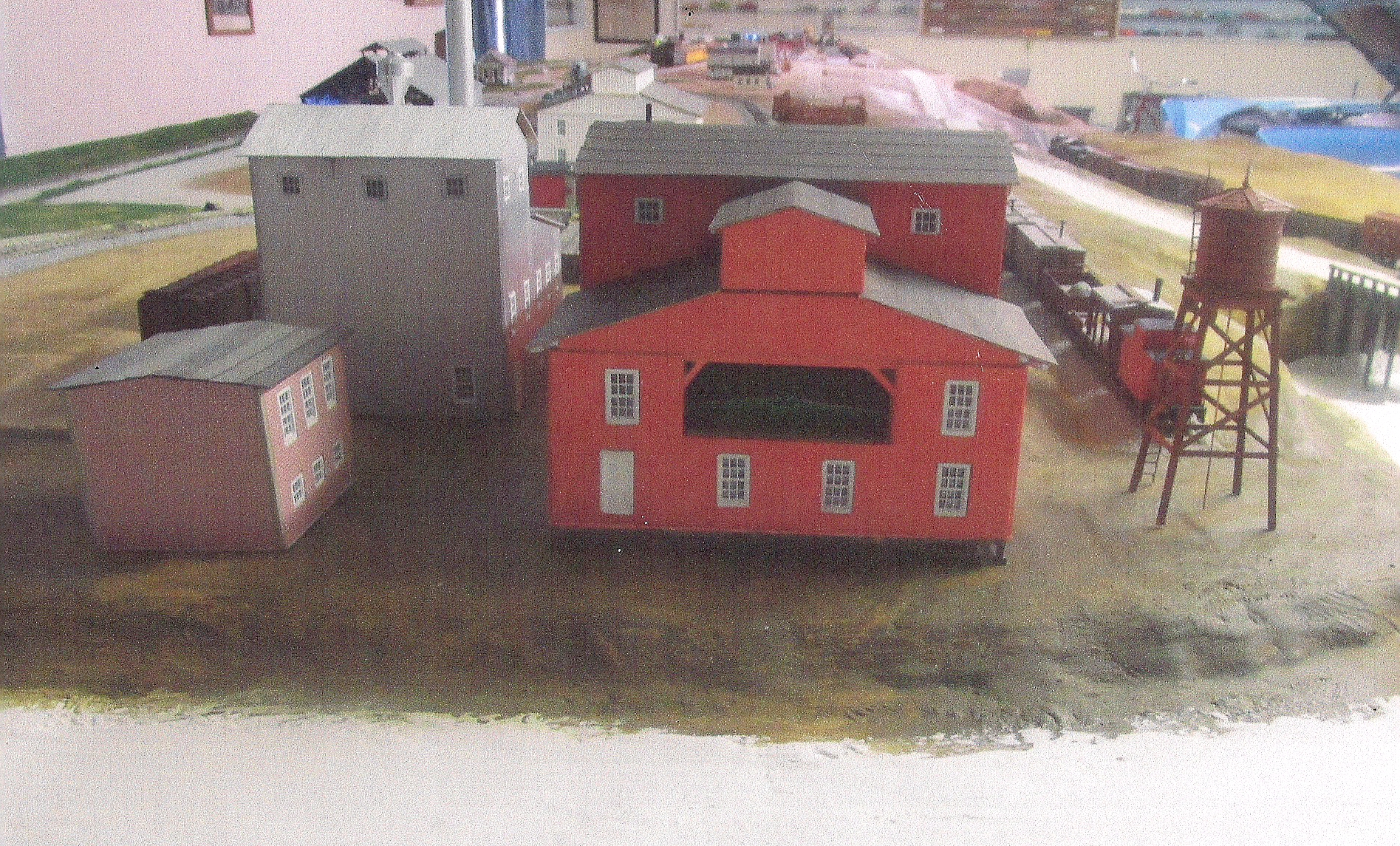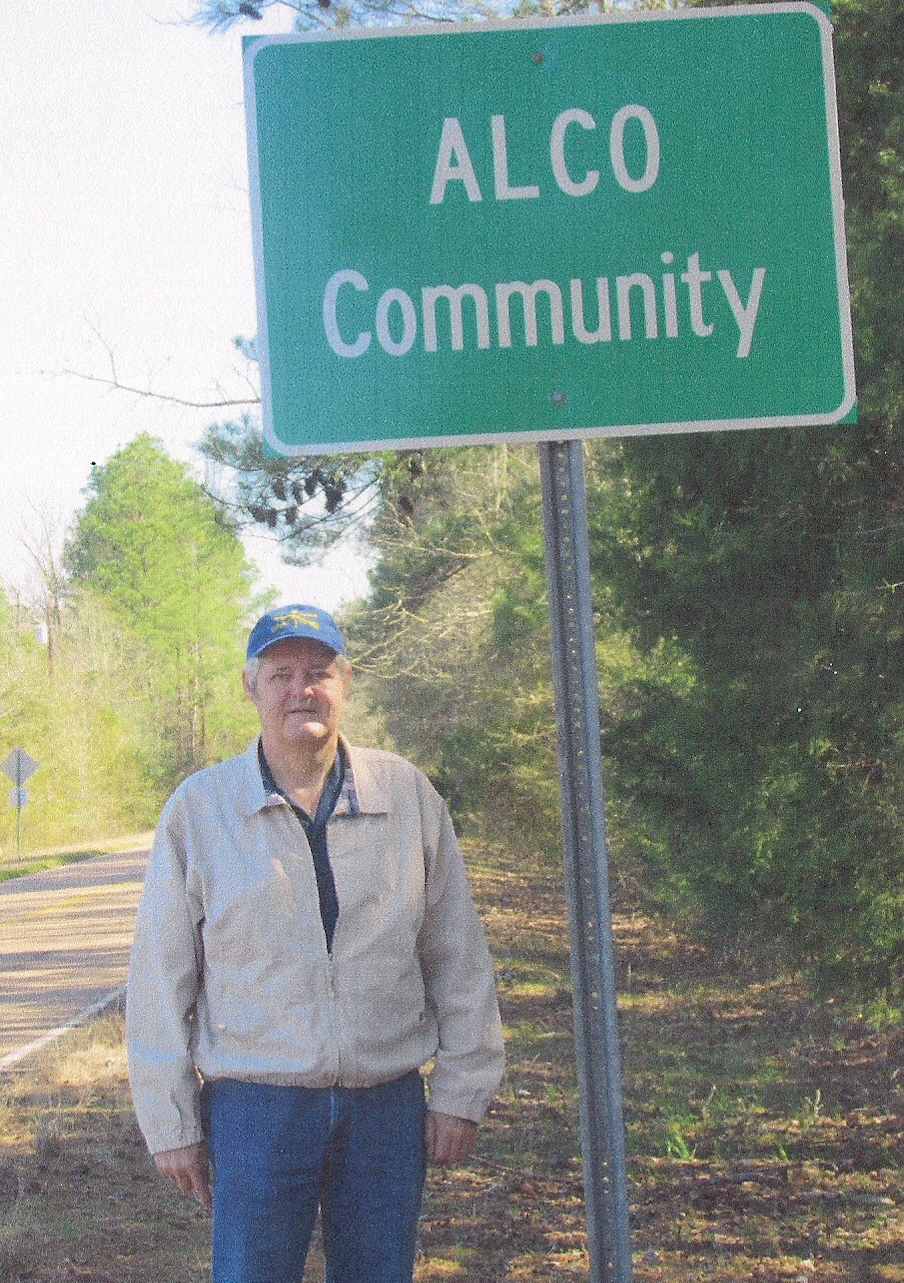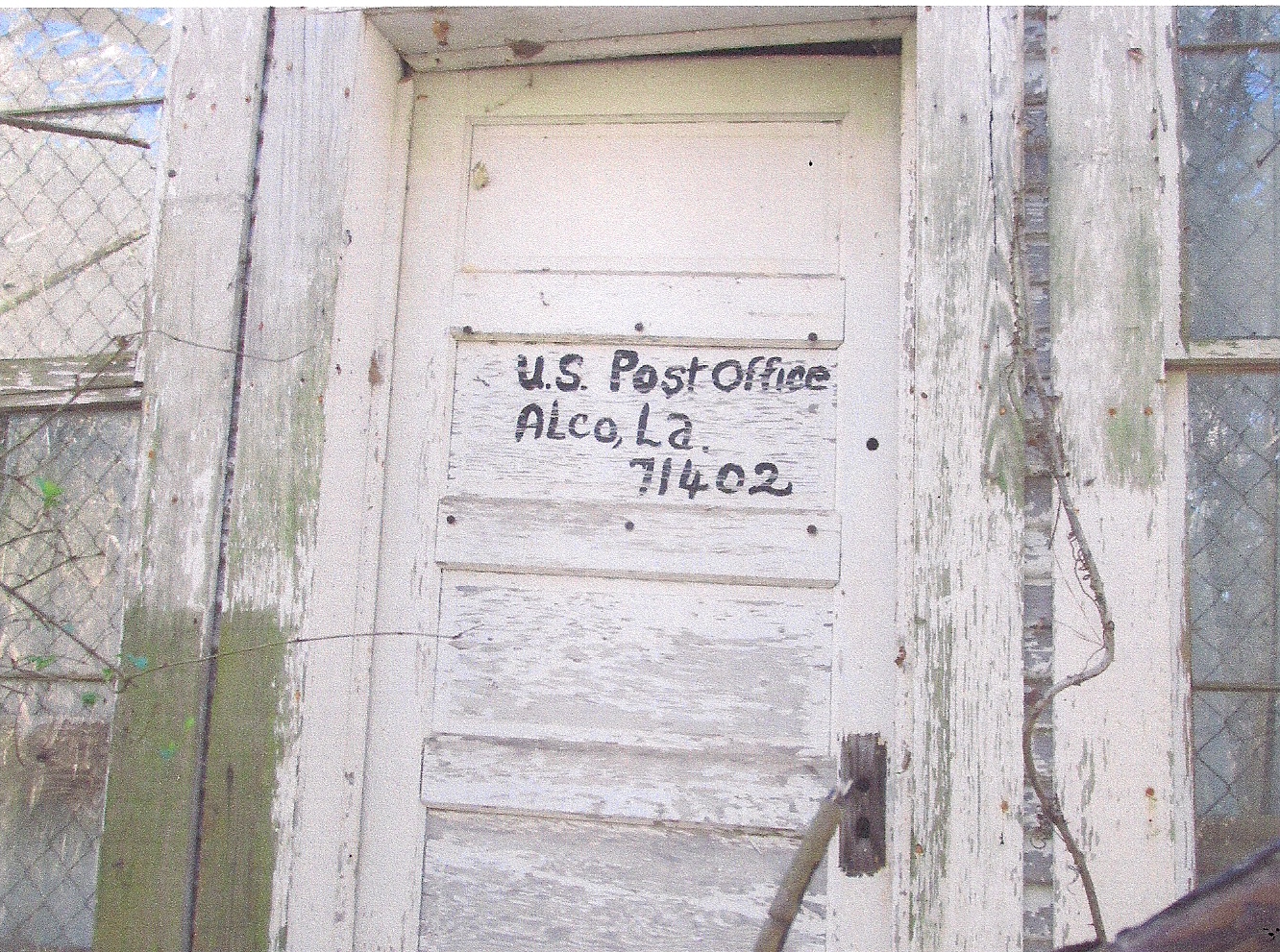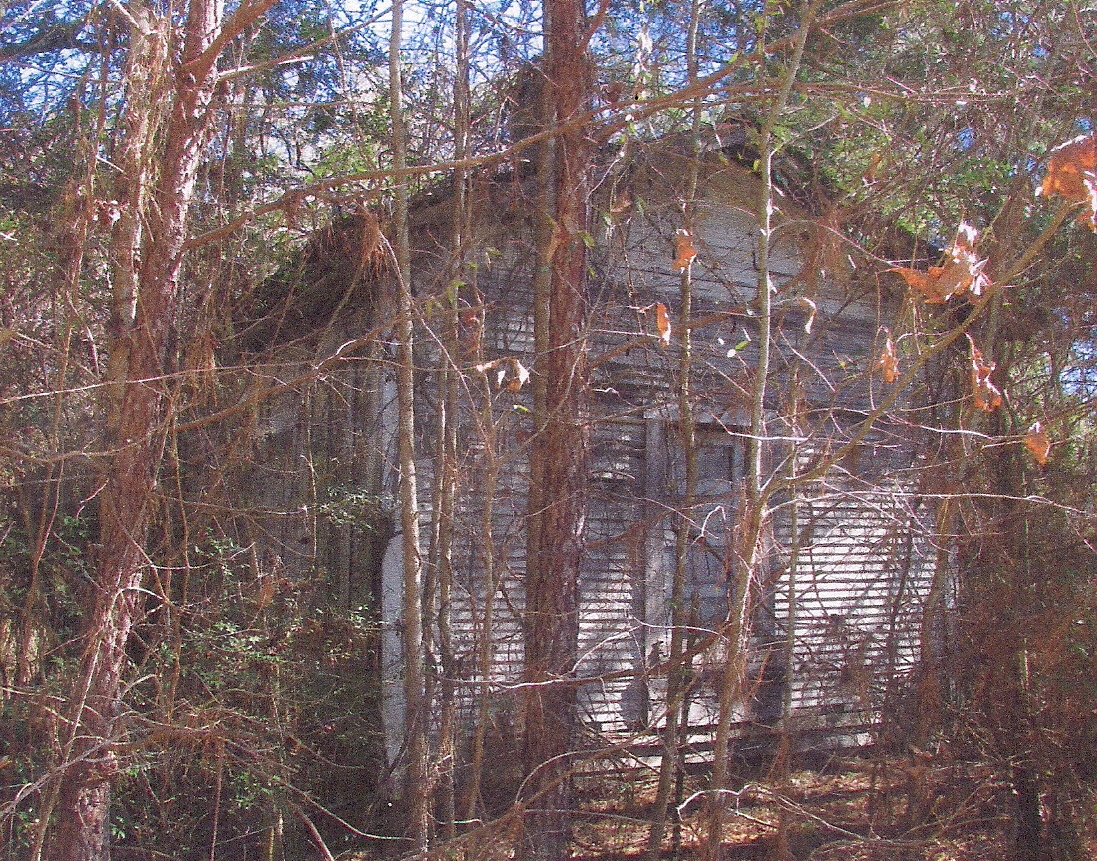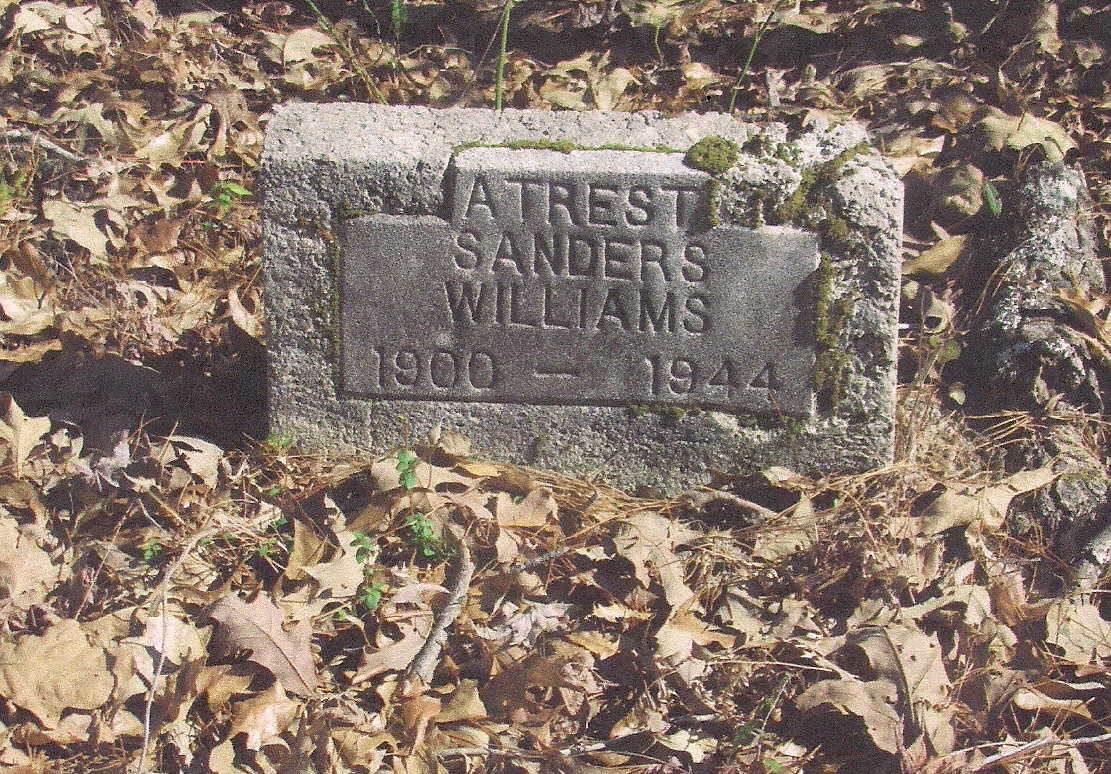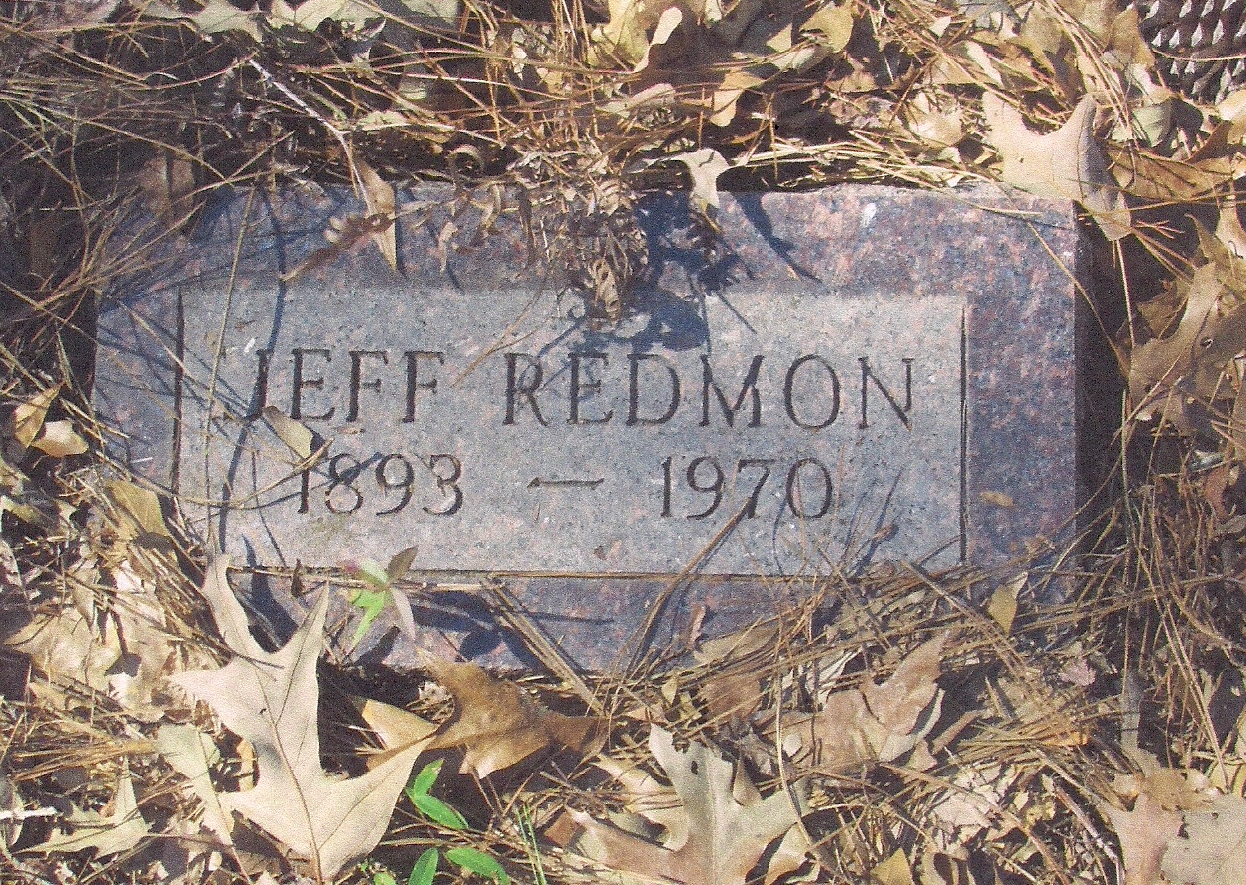REMEMBERING THE SAWMILL TOWN OF ALCO
BY RICKEY ROBERTSON
As we travel around through West Central Louisiana in the parishes of Natchitoches, Sabine, and Vernon, we often overlook the fact that there were many sawmill towns scattered throughout the area and that it is hard to believe the lands in these parishes once were covered with large stands of virgin southern pine timber. The lands of West Central Louisiana had some of the finest of these massive and vast pine timberlands. But up until the very early 1900's these virgin timberlands had not been cut and harvested. But once these area's had been found and the lands purchased by timber companies, sawmill towns sprang up and railroad lines began to be built. The opening of these railroads throughout this area would allow the much needed transportation of the timber to the mills and then the finished lumber products could be shipped all over the nation.
Alexandria Lumber Company purchased many thousands of acres of rich timberland in northeast Vernon Parish very near the Natchitoches Parish line. The company formed a town and it was named ALCO, using the initials of Alexandria Lumber Company as the name. The location of this town was on present day La. Hwy. 465 that runs from Kurthwood all the way to Simpson and on towards Hineston. To support this large sawmill there were two logging camps located at Hutton and Seiper and the logging crews and their families often lived there. At the mill at Alco over 300 men worked in the mill itself, from unloading the log trains and floating the unloaded logs in the mill pond, from operating the saws, grading the lumber, stacking the lumber, and then loading the finished lumber onto railcars for shipment. There were also many men who worked in the log woods, cutting the mighty virgin pine trees with a crosscut saw, skidding the logs with log loaders and even with log mules and oxen. There was plenty of work for everyone at the Alco mill, with workers putting in ten hour days at twenty five cents an hour. This was a good steady income, especially during the hard times of the Great Depression.
At Alco there were three steam engines that were in constant operation. One engine pulled the log train which made two trips daily to the mill bringing in twenty cars filled with logs, one pulled the train that carried personnel to the log woods and also horses, mules, and oxen used in the log woods. The horses would pull the skidder lines and the other livestock would be used in pulling and skidding logs out of the creek bottoms and baygall's where the skidder could not reach. Engine 303 was a spare engine that could be used at any time and was on call. These train engines were so important that Alco had its own locomotive repair shop where engines and rail cars could be repaired. The shop foreman at this large shop was Emmett Richardson. And of importance, the Red River and Gulf Railroad ran from Longleaf, La. all the way through Alco to Kurthwood, and eventually all the way to Peason.
The town of Alco was laid out in blocks in alternating size lots: two houses on one block and three houses on the next block. Each lot was about an acre in size and was this large so that each family could have a garden. Alco also had electricity that was generated and produced by burning all the chips and bark and waste wood products . Enough electricity was generated to run the lights at the mill and in the town. In the town there was a hotel, post office, doctors office, both a white and black school, commissary, depot, and sawmill office. There was a Baptist Church in Alco and all the Methodists met in the school building. Mrs. D.C. Boone managed the hotel, Dr. E.E. Archibald was the company doctor, Roy Redd was the town barber, Mr. Gould was the mill superintendent and Linas Carroll was the mill foreman. The one thing missing at Alco was a theater, but just up the road a couple of miles at Kurthwood there was a large movie theater where folks could go and watch a "picture show" for only ten cents. Laster in the 1930's and early 1940's T. J. Woodyard set up a tent near Dusenberry, a few miles down the road, where he had movie's to entertain the town folk. His daughter, Joyce, became the mother of Hollywood actor Steve McQueen. James W. "Billy" Boyter was born in Alco in 1923. It was an exciting place for a growing boy to live. Billy enjoyed going to the theater, riding on the log trains and running and playing with his friends around town. And Comrade Creek ran nearby and the boys could swim, fish, and camp out along the creek. And many of the kids in town learned the new game of basketball on the playground at school. Until his death Billy had many fond memories of his youth at this booming sawmill town.
Also at Alco were a large number of African-American workers. Segregation was ongoing at this time, so the black workers had their own section where there was a church, school, baseball field, basketball court, and a cemetery nearby. This cemetery is still near the old mill site, with many buried there. Sadly the cemetery is slowly going back into a wooded thicket. I recently visited this site and the last person buried there was Jeff Redmon who was buried there in 1970. Sadly he had drowned in a pond at Alco.
Alco was a self- sustaining town with everyone having a garden and most folks having a milk cow. Ice came in on the train once a week and was delivered to each home that had an "ice box". The commissary was fully stocked. There was candy and ice cream for the kids and something almost forgotten took place each morning. A solicitor went to each house in the town every morning and each family could order the groceries that it would need for the meals that day and the groceries were promptly delivered in time for preparation of dinner and supper. A large bag of groceries from the commissary cost only fifty cents ! And on payday there was lots of excitement in town. The payroll of cash came in on the train every two weeks and was heavily guarded by armed guards. Everyone was happy to get a pay day so they could purchase needed items.
Alco began its mill run in 1920 and sadly on September 7, 1945 the mill cut its last logs. In 1946 the mill was disassembled and was shipped by rail to Longleaf Mill. All the houses were sold and the rail lines were taken up. The mill town of Alco and the mill run had ended. The workers and their families were scattered throughout other mill towns where they could obtain a job. The one building that was left in operation was the Alco Post Office. The post master was Verlie Singletary Bollinger who ran the post office from 1942 until it closed in 1968. After the post office closed the folks living in the Alco Community as it is now called got their mail on the rural route or at Kurthwood.
As you travel along La. Hwy. 465 you will see the sign "Alco Community". This is all that is left to identify what was once a booming sawmill town of over one thousand people. You can see the old mill site on the south side of Hwy. 465 but it is overgrown with some timber and bushes. Sadly this mill and so many others of this era left due to the "cut out and get out" logging practices of this day. But one thing that is left is memories of those who lived and worked at Alco. Let us never forget these precious memories! These folks are our ancestors!
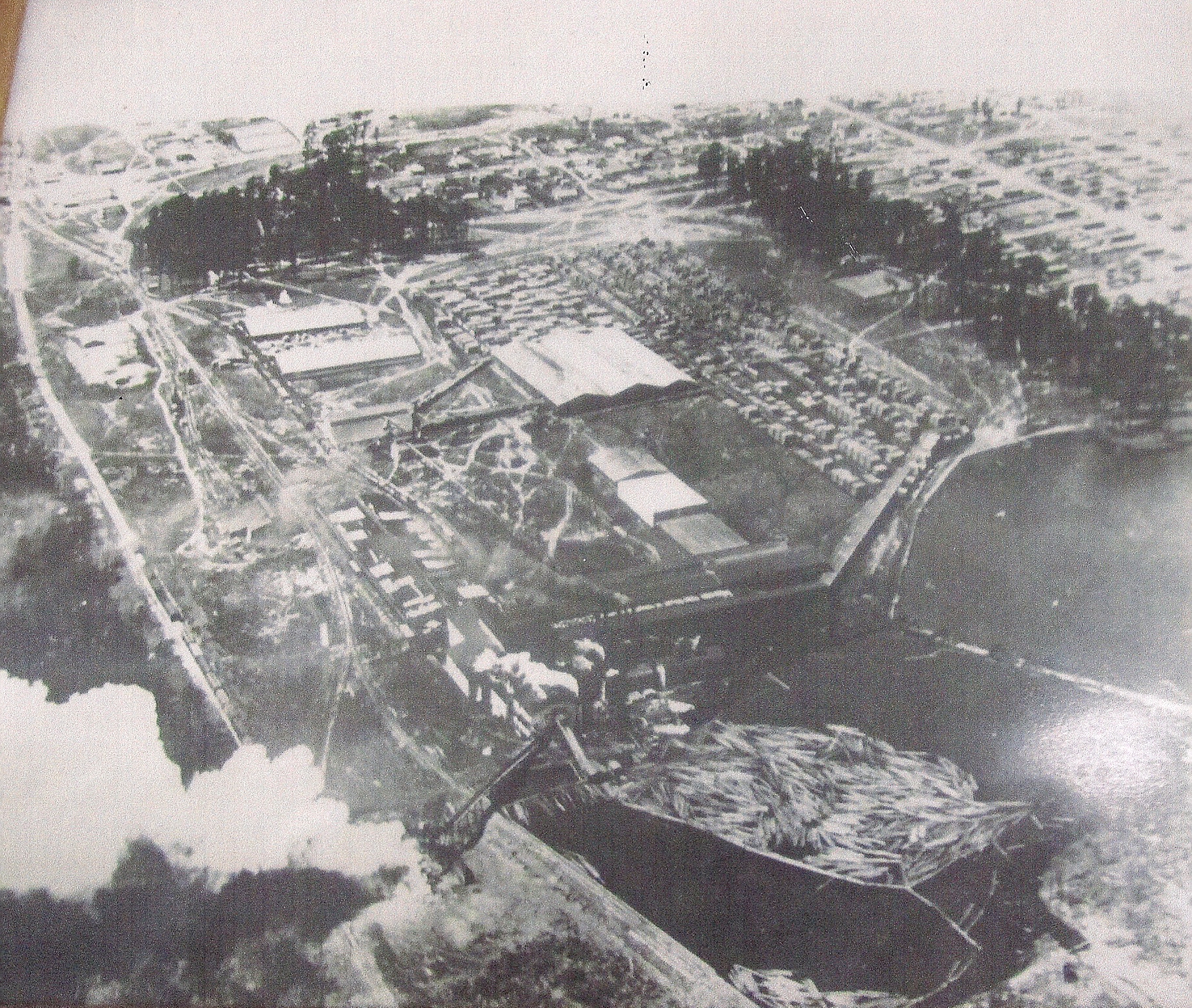
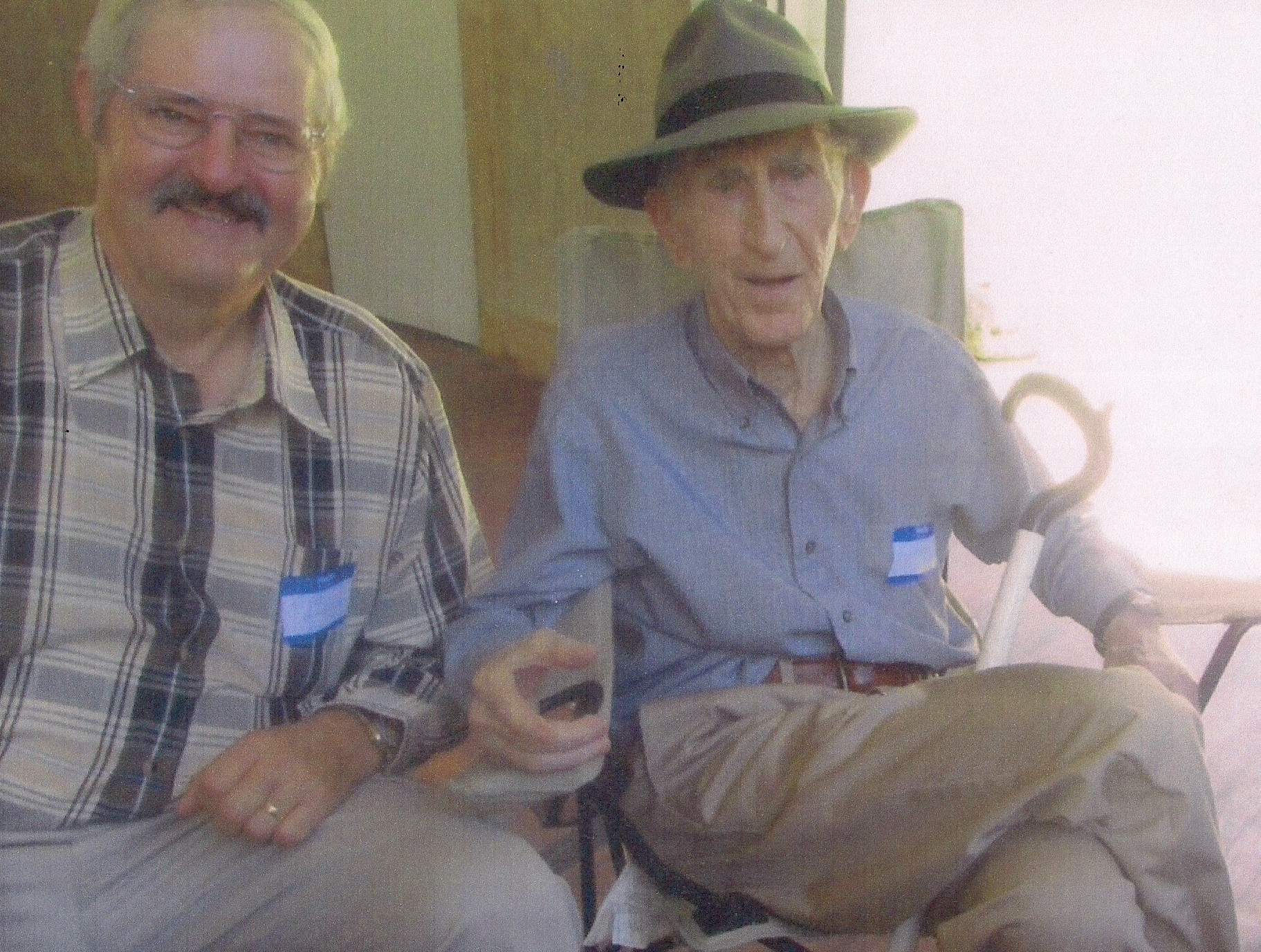
Rickey Robertson and the late James W. "Billy" Boyter who was born and raised at the sawmill town of Alco. (Robertson Collection)
